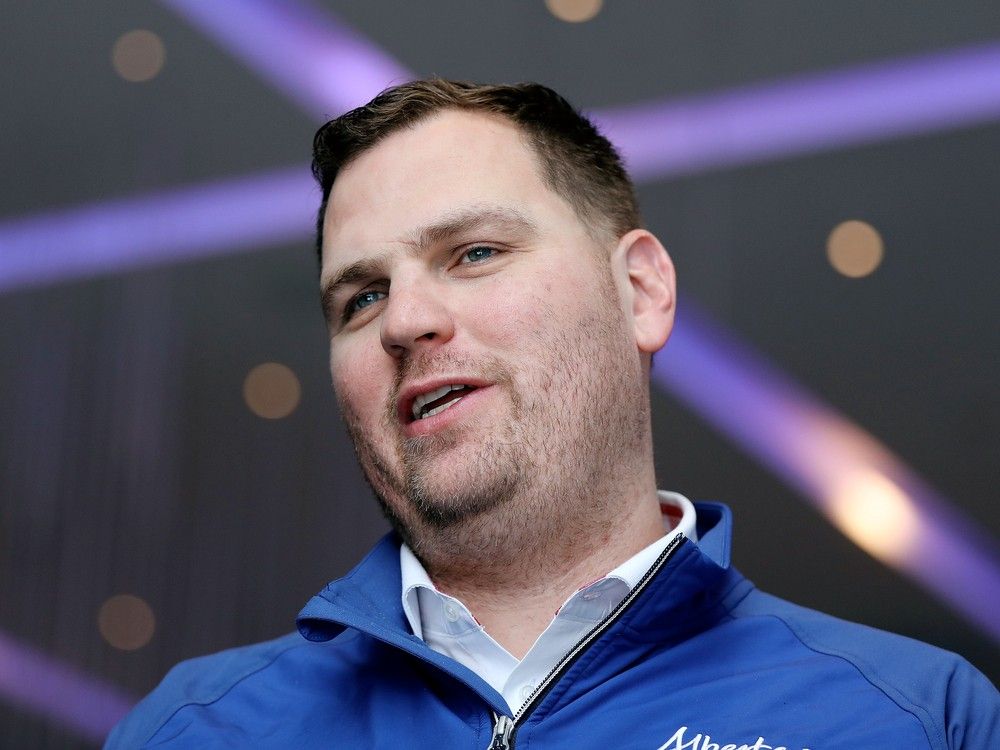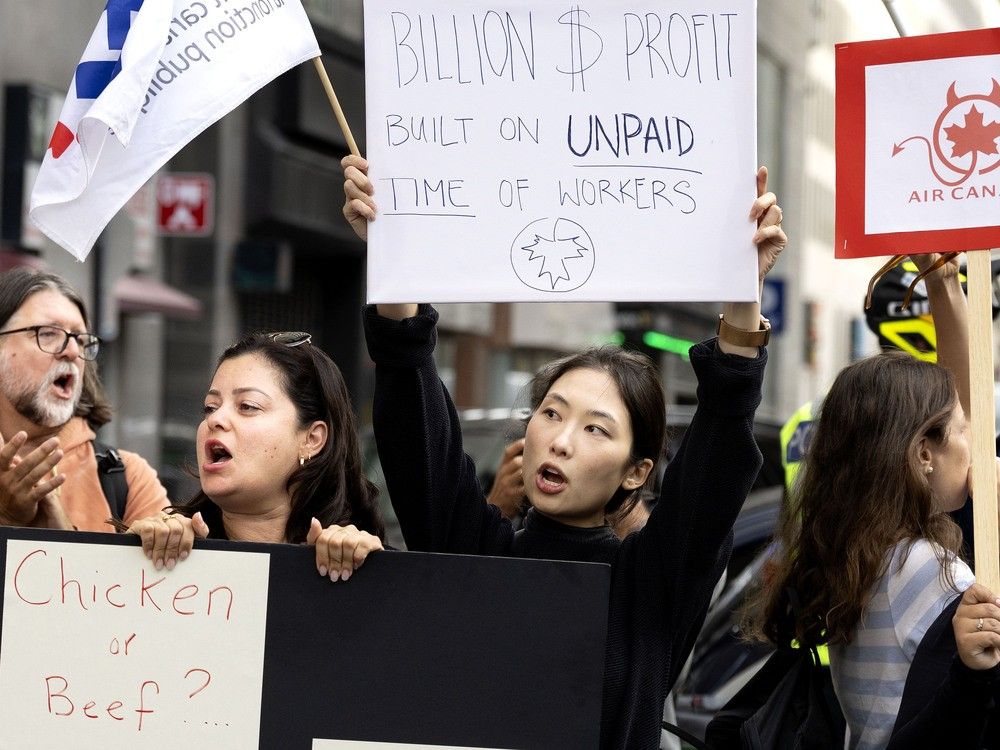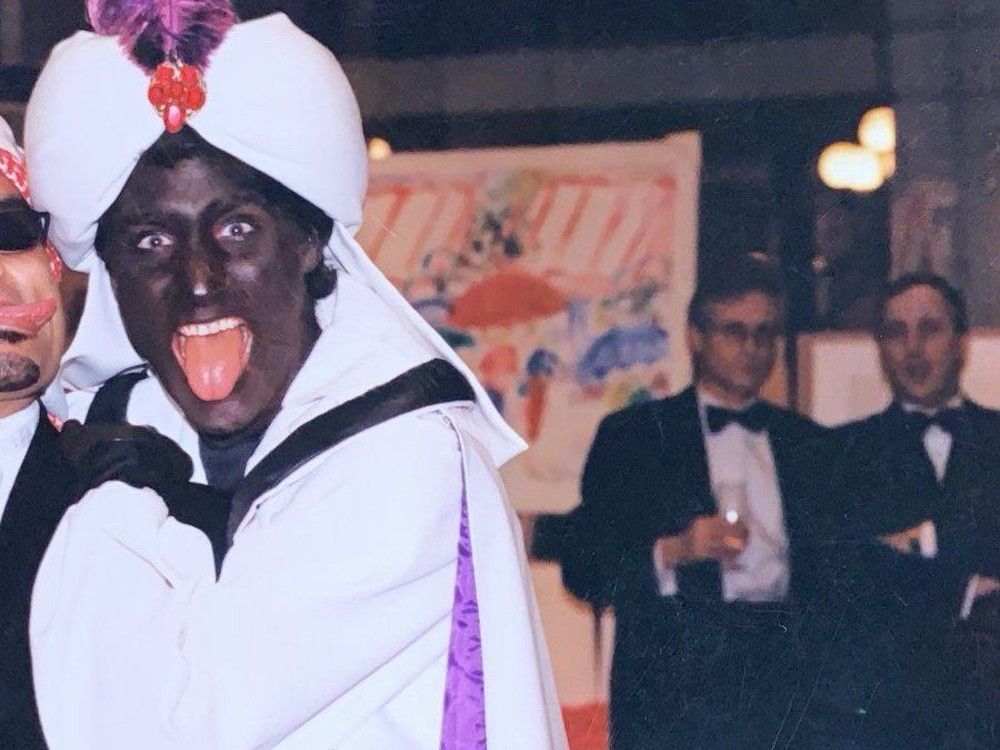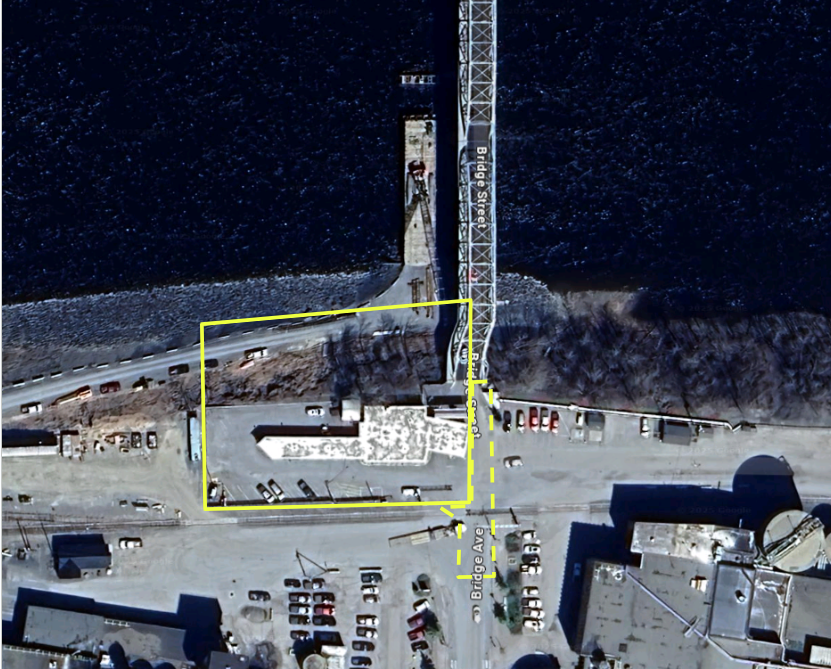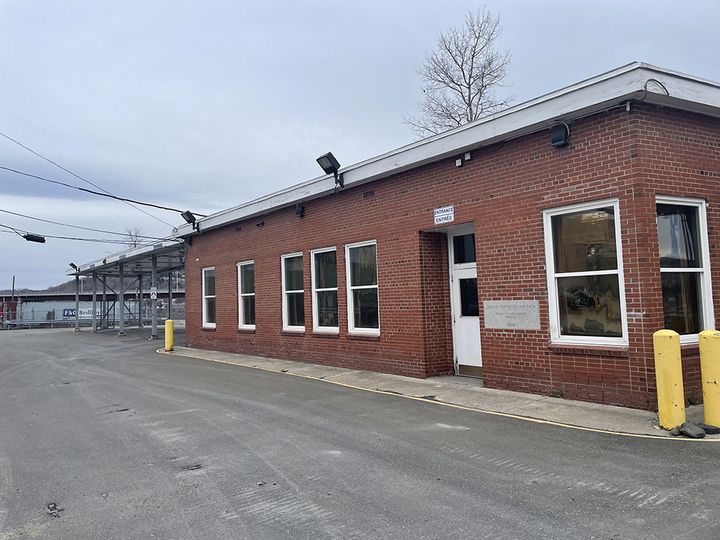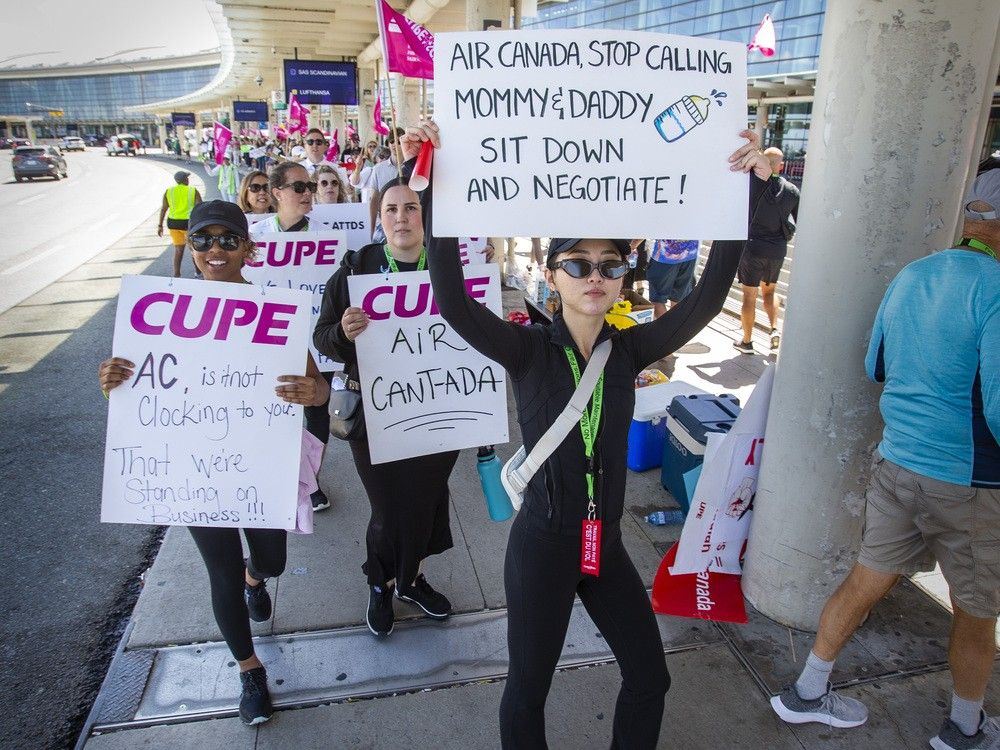
OTTAWA — The commission tasked with reviewing judicial compensation says that $414,900 per year isn’t enough to keep the bench attractive to top applicants and recommends the government increase judges’ salaries by at least $28,000.
“The current salary and benefits paid to judges are inadequate,” reads a report by the commission reviewing federally appointed judges’ compensation that was tabled in the House of Commons Wednesday.
“An increase to the judicial salary is required to ensure outstanding candidates continue to be attracted to the judiciary.”
The report recommends boosting judges’ salaries by $28,000 for regular provincial superior and appellate courts as well as federal courts, $30,000 for chief justices and $36,000 for the chief justice of the Supreme Court, all retroactive to April 2024.
Most federally appointed judges currently make $414,900 (except members of the Supreme Court who make $494,100) and chief justices earn about $40,000 more. Their salaries are indexed annually following the industrial aggregate, which generally exceeds the Consumer Price Index.
The commission also recommends increasing the salary of associate judges from 80 per cent to 95 per cent of a regular federally appointed justice.
The report was sent in July to Justice Minister Sean Fraser, who has four months to decide how he will respond to the recommendations impacting over 1,200 judges. The suggested raise would cost the government over $34 million.
The decision is far from simple for Fraser as Prime Minister Mark Carney looks to cut the federal government’s salary and operating costs.
Carney has asked each department to cut their budget by 15 per cent in the next few years amid growing concern over government spending.
In a statement, Fraser’s spokesperson, Jeremy Bellefeuille, said the minister was reviewing the report and would respond in due time.
The commission’s report focuses on a single issue at the centre of a months-long battle between the government and the judiciary: is judges’ annual compensation enough to keep attracting top legal applicants to provincial and federal courts?
As National Post reported in July
, judges’ associations argued magistrates needed a $60,000 raise retroactive to April 2024 to maintain the appeal of a job that is increasingly struggling to attract “outstanding candidates.”
The federal government countered that judges’ salary and benefits — including “one of the best retirement plans in Canada” — did not require a $60,000 “bonus” to keep the job attractive.
Ultimately, the commission’s conclusion fell squarely in the middle. Whereas it agreed with judges that the salary is too low to continue attracting top applicants in the long run, it also found that $60,000 was too much.
“The Commission agrees with the Judiciary that the significant gap between judicial salaries and the private sector comparator warrants an increase to the current judicial salary; however, we do not agree with the amount of the increase proposed by the Judiciary,” reads the report.
“Our recommendation is intended to be fair to the judiciary and to the taxpayer, to strike the right balance between the two, and to be in the public interest.”
The key concern highlighted by both judges’ associations and the commission’s report is that too few “highly qualified” private-sector lawyers are applying to become judges.
That could ultimately lead to a dearth of necessary skills and expertise on the bench in the long term, concluded the three-member Judicial Compensation and Benefits Commission chaired by lawyer and businesswoman Anne Giardini.
The diminishing interest also means vacant positions will be harder and take longer to fill, risking another “crisis” like one in 2023 when the judicial vacancy rate sat at nearly 10 per cent.
“While a shortage has been averted for now, the pressures of rising private sector incomes are such that the ability to maintain an adequate level of private sector appointments to fill judicial vacancies is of ongoing concern. We are persuaded that the effects of past shortages are continuing to rebound within the justice system,” reads the report.
“So while the pool of individuals in the last 4-year period was more than adequate to fill all the positions, we see clear warning signs that salaries are going to be a factor leading to highly qualified private sector lawyers electing not to apply to the judiciary.”
The commission said it was particularly swayed by comments by Ontario Superior Court Chief Justice Geoffrey Morawetz detailing his struggle in convincing private sector lawyers to join the court.
“An increasing number of qualified private practitioners no longer view a judicial appointment, considering its attendant responsibilities and benefits, as attractive in light of the resulting significant reduction in income,” Morawetz wrote in an affidavit to the commission.
National Post
cnardi@postmedia.com
Our website is the place for the latest breaking news, exclusive scoops, longreads and provocative commentary. Please bookmark nationalpost.com and sign up for our politics newsletter, First Reading, here.





